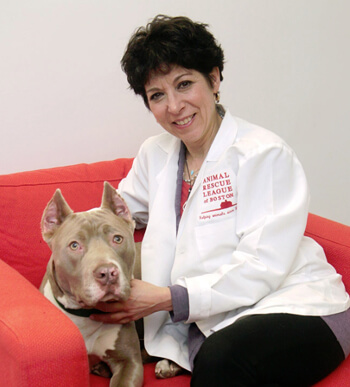Bringing Back The Mixed Breed
When I was a student in veterinary school, it was easy and accepted to call all dogs who were not known purebreds “mixed breeds”. In fact, I remember admiring mixed breeds as being healthier due to their “hybrid vigor”. But then, unbeknownst to me, something happened in the dog world and we were asked to pick a breed that the mix looked like.
No longer could we call mixes “mutts” or “heinz varieties”. We needed to call them so-and-so mixes, based on their appearance. We needed to pick the breed in the mix for rabies certificates and for computerized veterinary records. Animal shelters needed to pick the purebred in the mix for various shelter software programs. This led to expectations by people that the dog identified as having a certain breed would behave in a certain way. I noticed right away however, that there was little agreement between individuals in the breed chosen. And knowing that there was quite a variety of behaviors among dogs of the same breed, there would be even more variety among mixed breed dogs misidentified by breed. But it wasn’t until we were able to identify breeds within mixed breeds through DNA testing that we had a chance to confirm or deny the guesses of the breeds in each individual dog. Dr. Victoria Voith, a professor at Western University of Veterinary Medicine did a study where she asked dog knowledgeable people to identify the breeds from videos of 20 mixed breed dogs adopted from shelters, all of which she had drawn blood to find out their DNA.
Dr. Voith found little agreement between the visual identification of the breeds by the shelter and DNA results. Only a quarter of the dogs with a breed chosen by the shelter agreed with the actual DNA analysis. (Read about this study)
Now that we know we are incorrect most of time when identifying breeds within mixed breeds by visual identification or simply by the way they look, we also know that what the dog looks like does not necessarily dictate behavior. The dog’s experience has a huge influence on the dog’s behavior. So what if we forget about appearances and concentrate instead on the personalities of these dogs? What if we went back to calling mixed breed dogs “mixed breeds” and add a personality description, such as friendly? Or if the dog is from a shelter, as many mixed breeds are, make the description more special by calling these mixed breeds American Shelter Dogs with their own individual personalities.
Something we should all think about.

-Dr. Amy Marder, VMD, CAAB, Director of The Center for Shelter Dogs
